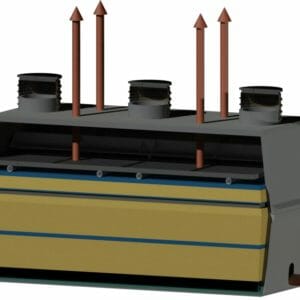Subtotal: $100.00
E – 1901 The Potential for Electrons to Molecules Using Solar Energy
$50.00
Courses Included
In this online engineering PDH course, the potential for solar photovoltaics (PV) to supply low carbon energy sources to sectors of the economy other than the power industry is described. Molecules such as hydrogen, ammonia, and hydrocarbons are currently produced from natural gas and crude oil and are used in sectors other than the power sector. Processes to produce them emit carbon dioxide and other greenhouse gases both directly and in upstream feedstock recovery processes. Electrons-to-molecules (E2M) technologies are being developed to convert carbon dioxide, water, and atmospheric nitrogen to desired chemical products using electricity, and they represent large electricity loads. E2M technologies are thus emerging as a potential application for PV; essentially, they can act as electrochemical energy storage and thereby provide a means to use the energy generated from PV and store it in molecular form. In this course, the focus is on potential interfaces between PV and the organic chemicals sector. Specifically, analyses are presented for sustainable production pathways for hydrogen, ammonia, carbon monoxide, ethylene, ethanol, methanol, formic acid, and methane.
This course is based on the following document:
Badgett, Alex, William Xi, and Mark Ruth. 2021. The Potential for Electrons to Molecules Using Solar Energy. Golden, CO: National Renewable Energy Laboratory. NREL/TP6A20-78719.
This course is intended for all engineers concerned with renewable energy and its role in decarbonizing the economy.


 E - 1103 Hydraulic Design of Storm Sewers with Excel
E - 1103 Hydraulic Design of Storm Sewers with Excel 



